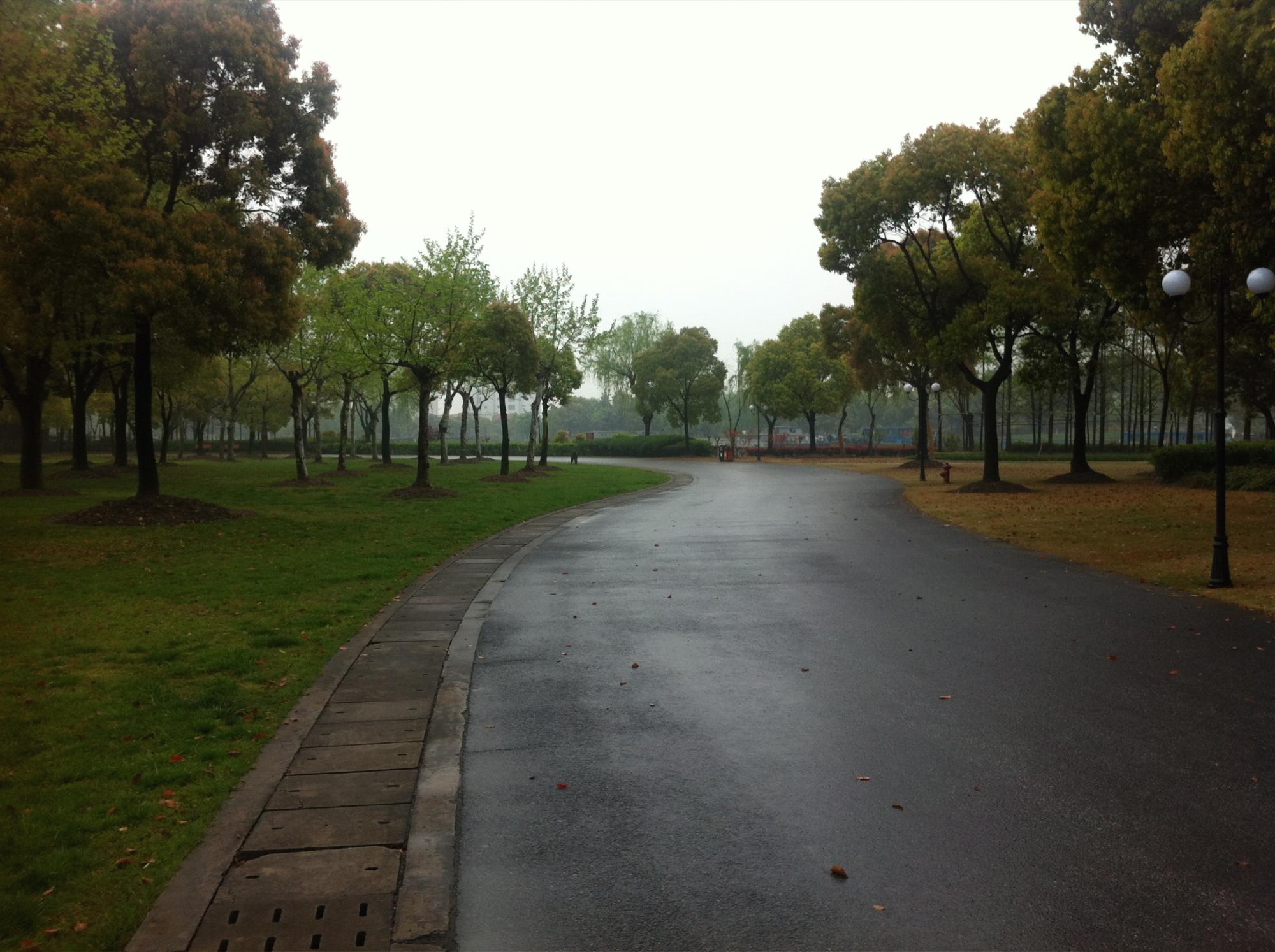티스토리 뷰
The Collapse of the Once-Booming South Korean Economy: An Analysis
Introduction
In recent years, the South Korean economy, once hailed as a model of rapid development and resilience, has faced significant challenges leading to its collapse. As economists specializing in advanced economies, it is imperative to dissect the factors contributing to this downfall. In this analysis, we delve into the intricate web of circumstances that precipitated the demise of what was once considered an East Asian economic powerhouse.
Structural Weaknesses and Vulnerabilities

Overreliance on Exports
One of the fundamental pillars of South Korea's economic success was its robust export-oriented model. However, this very strength morphed into a vulnerability over time. Heavy reliance on exports made the economy susceptible to external shocks, such as global economic downturns and geopolitical tensions.
Decline in Competitiveness
While South Korea initially thrived on innovation and competitiveness, complacency gradually eroded its edge. The nation failed to keep pace with emerging technologies and shifting market dynamics, resulting in a loss of market share to competitors in sectors like electronics and automobiles.
Labor Market Rigidity
The rigidity of South Korea's labor market exacerbated its economic woes. Stringent labor regulations and a hierarchical corporate culture stifled flexibility and innovation, hindering the economy's ability to adapt to changing conditions swiftly.

Structural Imbalances
Excessive Debt Levels
A key contributor to the economic collapse was the accumulation of excessive debt, both at the corporate and household levels. Rampant borrowing fueled unsustainable consumption and investment patterns, leading to a precarious debt overhang that ultimately unraveled.
Asset Price Bubbles
The South Korean economy was plagued by asset price bubbles, particularly in the real estate market. Speculative fervor drove prices to unsustainable levels, creating an illusion of wealth that masked underlying vulnerabilities.
Inequality and Social Unrest
Rising inequality emerged as a pressing societal issue, exacerbating social tensions and undermining social cohesion. The widening wealth gap not only hampered inclusive growth but also fueled discontent and political instability.

Policy Failures and Governance Issues
Lack of Structural Reforms
Despite mounting challenges, policymakers failed to enact bold structural reforms necessary to address systemic weaknesses. Political gridlock and vested interests impeded the implementation of crucial measures aimed at enhancing competitiveness and fostering sustainable growth.
Short-Termism and Populism
Short-term political considerations often took precedence over long-term economic planning, leading to populist policies that prioritized immediate gains over sustainable development. This myopic approach further eroded confidence in the economy's prospects.
Regulatory Capture and Corruption
Regulatory capture and pervasive corruption undermined the effectiveness of governance mechanisms, eroding trust in institutions and deterring investment. Cronyism and opaque decision-making processes fostered a climate of uncertainty and hampered economic dynamism.

External Shocks and Global Headwinds
Geopolitical Uncertainty
Escalating geopolitical tensions, particularly on the Korean Peninsula, added another layer of uncertainty to an already fragile economic landscape. Heightened security risks deterred foreign investment and disrupted trade flows, exacerbating economic challenges.
Global Trade Frictions
The resurgence of protectionism and trade tensions among major economies further compounded South Korea's economic woes. Disruptions to global supply chains and the imposition of tariffs stifled export growth, undermining the nation's economic prospects.
Pandemic Fallout
The outbreak of the COVID-19 pandemic dealt a severe blow to the South Korean economy, exacerbating pre-existing vulnerabilities. Supply chain disruptions, reduced consumer demand, and containment measures took a toll on businesses, leading to job losses and economic contraction.
Conclusion
In conclusion, the collapse of the once-booming South Korean economy can be attributed to a confluence of structural weaknesses, policy failures, governance issues, and external shocks. Addressing these multifaceted challenges requires a concerted effort to enact comprehensive reforms, foster innovation, and restore confidence in the economy's resilience. Only through decisive action and forward-looking strategies can South Korea rebuild its economic foundation and chart a path towards sustainable prosperity in the years to come.
'경제' 카테고리의 다른 글
- Total
- Today
- Yesterday
- 가치관
- News
- 금융
- 문화
- 경제
- 정신건강
- Money
- 역사
- 찢재명
- 유럽
- 책 속에서 길을 찾다
- love
- 쓰레기
- 국뽕
- economy
- health
- 후회
- 자영업
- 책속에서 길을 찾다
- 한국
- 국회
- 인간
- 미래
- 좆됨
- 지식백과
- 우크라이나
- 멘탈
- 돈 버는 방법
- 러시아
- 뉴스
| 일 | 월 | 화 | 수 | 목 | 금 | 토 |
|---|---|---|---|---|---|---|
| 1 | ||||||
| 2 | 3 | 4 | 5 | 6 | 7 | 8 |
| 9 | 10 | 11 | 12 | 13 | 14 | 15 |
| 16 | 17 | 18 | 19 | 20 | 21 | 22 |
| 23 | 24 | 25 | 26 | 27 | 28 |
